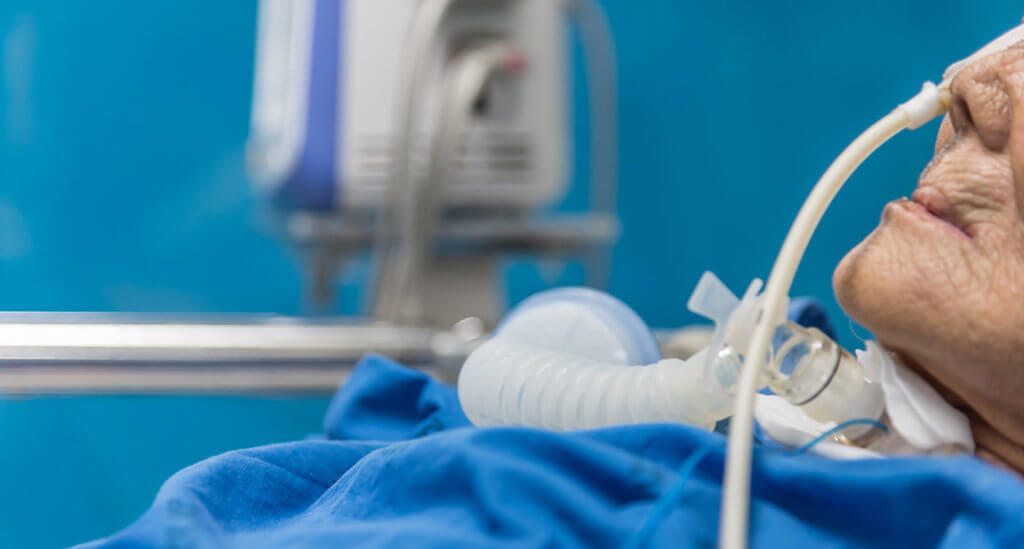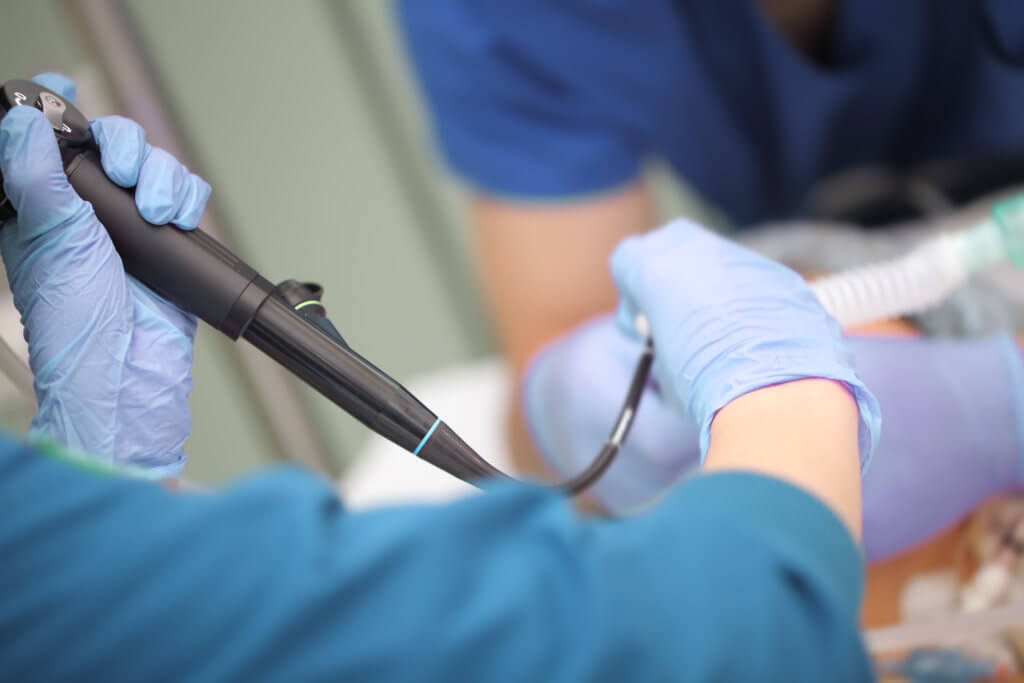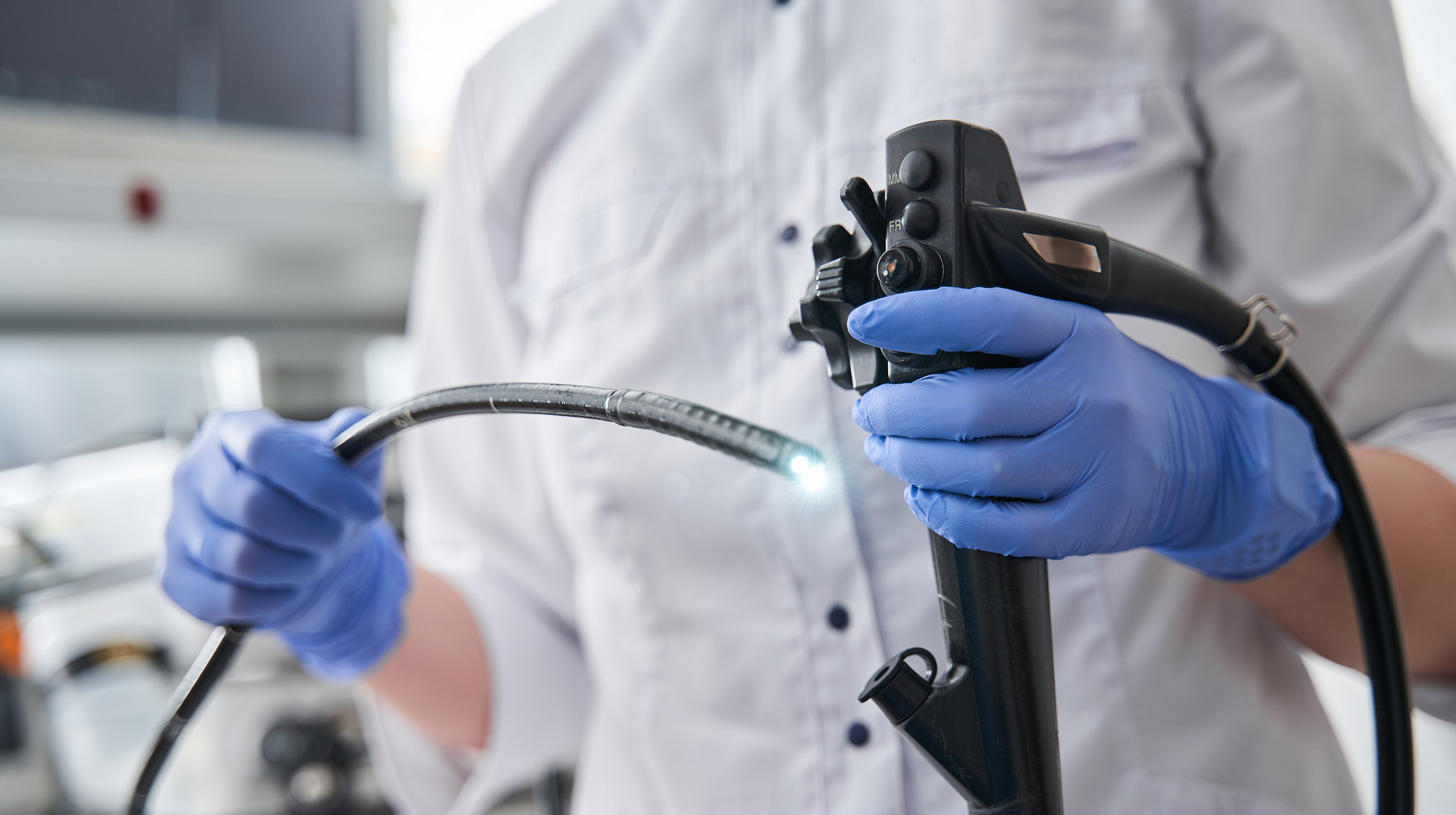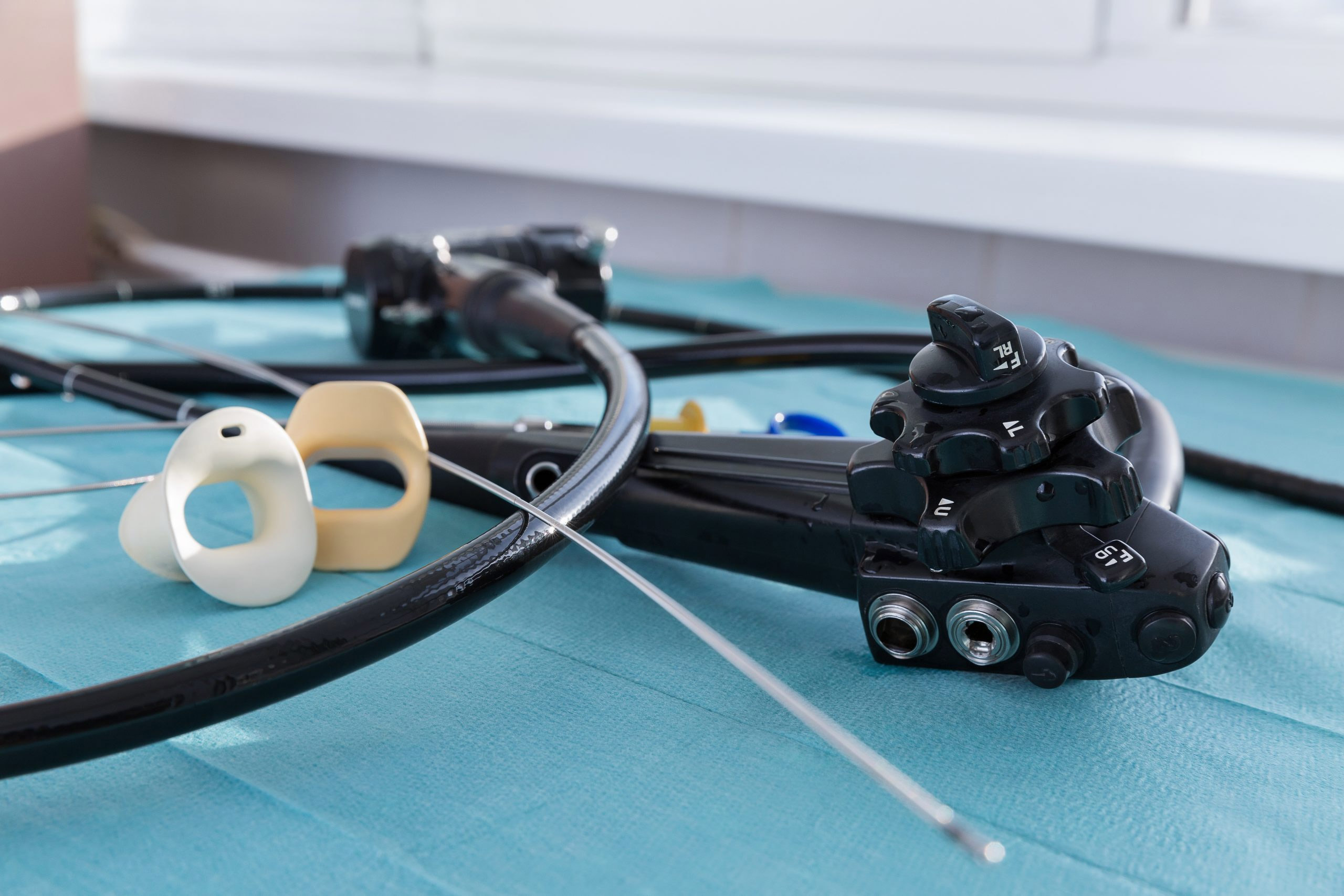
Hospitals and intensive care units can save significant sums of money by using single-use bronchoscopes instead of reusable bronchoscopes to guide percutaneous dilatational tracheostomy, or PDT.
Switching to single-use bronchoscopes for PDT would save an estimated $157 per procedure, according to a study in PharmacoEconomics - Open funded by Ambu. It examined 11 reusable-vs.-single use studies and supplemented those findings with survey data on bronchoscope repair rates and costs from hospitals in the U.S., United Kingdom and Germany.
Two-thirds of tracheotomies—an open surgical procedure typically done by head and neck surgeons to relieve airway obstruction—are performed in ICUs on critically-ill patients instead of in an operating room, and clinicians use PDT as an alternative way to visualize the trachea that can be performed at the bedside. It’s an attractive option compared with the practical and logistical challenges of moving a critically-ill patient to an operating room.
The procedure is typically performed with a reusable bronchoscope that is disinfected after use. Still, the potential for contamination even after cleaning and disinfecting is very real, as is spreading drug-resistant bacteria. Reusable bronchoscopes used for PDT are also susceptible to damage since a needle is inserted close to the device and can perforate it. Single-use scopes, on the other hand, are disposed of after use, eliminating contamination issues and high repair costs.
To compare the cost per use for reusable and single-use bronchoscopes in PDT, the study’s authors combed through hundreds of medical studies assessing procedures performed as well as acquisition and reprocessing costs. A separate questionnaire gathered repair rates and costs for reusable bronchoscopes used for PDT.
The study found that the total cost per use of a reusable bronchoscope was $406, which accounts for acquisition, reprocessing and weighted mean repair costs. The cost per use of a single-use bronchoscope was estimated to be $249, a 39 percent saving per PDT procedure. The higher cost per repair and repair rate for reusable bronchoscopes made the single-use technology more advantageous, the authors write.
“Our study suggests that significant savings can be made by using single-use bronchoscopes to guide PDT in preference to reusable devices, and these findings may also be relevant for bronchoscope-guided procedures other than PDT,” they add. “[U]nderstanding institutional bronchoscope use and the associated costs in general and for PDT will enable an informed assessment of which approach represents better value for a particular unit or service.”
Another recent study shows hospitals that disinfect and reuse bronchoscopes pay anywhere from 21 percent to 155 percent more per instrument than if they’d purchased a sterile, single-use bronchoscope. That cost is driven up by a host of factors that impact the hospital personnel charged with reprocessing the instruments.


